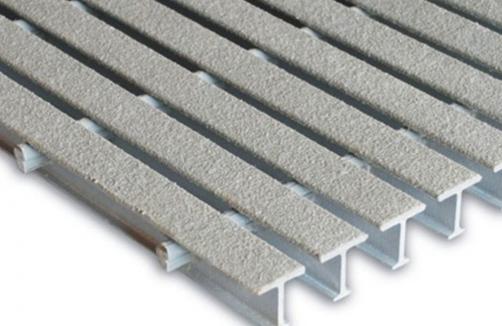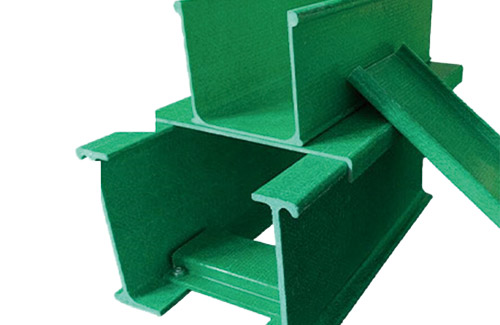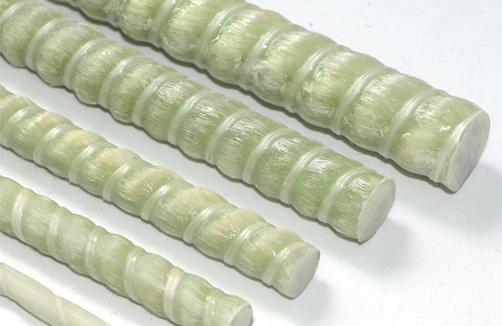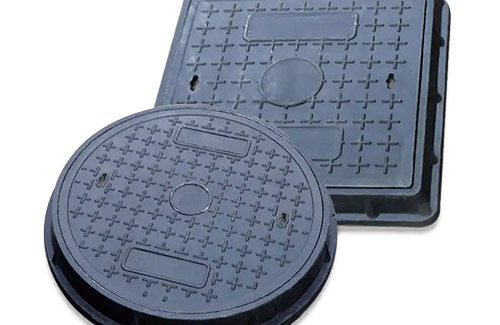Recreational water filtration is performed by passing the water out of the tank and forcing it through a permeable membrane or a container filled with particulate media. Polyethylene pipes are commonly used to promote the flow of water from the pool to the filtration unit. The poolside raster is also used to collect stagnant water and reintroduce it into the circulatory system. Fiberglass products are commonly used at every stage of the process.
The pultrusion grille can be installed at the poolside to provide non-slip drainage for standing and spilled water, while the extra fiberglass product can be used to accommodate noisy and bulky filtration systems, away from the aesthetic area of the leisure facility. The size and size of these containers depend on the working technique in the filtration system. Sand filters are the most typical tool for extracting particulates and harmful compounds from water under pressure. After filtration, the water can be recycled back to the pool environment.
The problem with conventional sand filters is that the particulate media does not effectively block tiny microorganisms that may be harmful to human health. An ordinary swimmer can pollute the pool with billions of skin microbes, half a kilogram of sweat and a glass of urine. Sand filters cannot remove these tiny contaminants due to their large porous structure.
To counteract the organic pollution of the swimming pool, recreational facilities typically handle pool water through two-step filtration and disinfection. The sand filter cleans large particles of water while chemical disinfection is used to kill bacteria and pathogenic substances.
Glass fiber products and chlorine properties
Chlorine is the main chemical cleaner used to disinfect pool water. Glass fiber products are chemically inert and inherently resistant to chlorine and their compounds in swimming pool waters with a pH of 7-8. In contrast, stainless steel suffers from a unique corrosion phenomenon known as stress corrosion cracking (SCC). We have previously covered the corrosion resistant materials of recreational water and the SCC resistance of deeper fiberglass products. However, when considering its practical application, the corrosion resistance of fiberglass products brings more operational benefits to leisure facilities.








